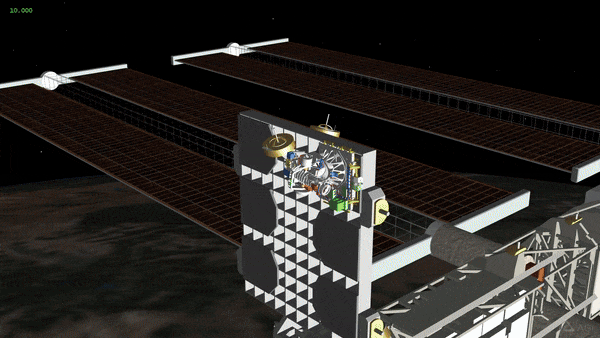5 min read
NASA's Coronal Diagnostic Experiment (CODEX) is ready to launch to the International Space Station to reveal new details about the solar wind including its origin and its evolution.
Launching in November 2024 aboard SpaceX's 31st commercial resupply services mission, CODEX will be robotically installed on the exterior of the space station. As a solar coronagraph, CODEX will block out the bright light from the Sun's surface to better see details in the Sun's outer atmosphere, or corona.

"The CODEX instrument is a new generation solar coronagraph," said Jeffrey Newmark, principal investigator for the instrument and scientist at NASA's Goddard Space Flight Center in Greenbelt, Maryland. "It has a dual use - it's both a technology demonstration and will conduct science."
This coronagraph is different from prior coronagraphs that NASA has used because it has special filters that can provide details of the temperature and speed of the solar wind. Typically, a solar coronagraph captures images of the density of the plasma flowing away from the Sun. By combining the temperature and speed of the solar wind with the traditional density measurement, CODEX can give scientists a fuller picture of the wind itself.
"This isn't just a snapshot," said Nicholeen Viall, co-investigator of CODEX and heliophysicist at NASA Goddard. "You're going to get to see the evolution of structures in the solar wind, from when they form from the Sun's corona until they flow outwards and become the solar wind."






